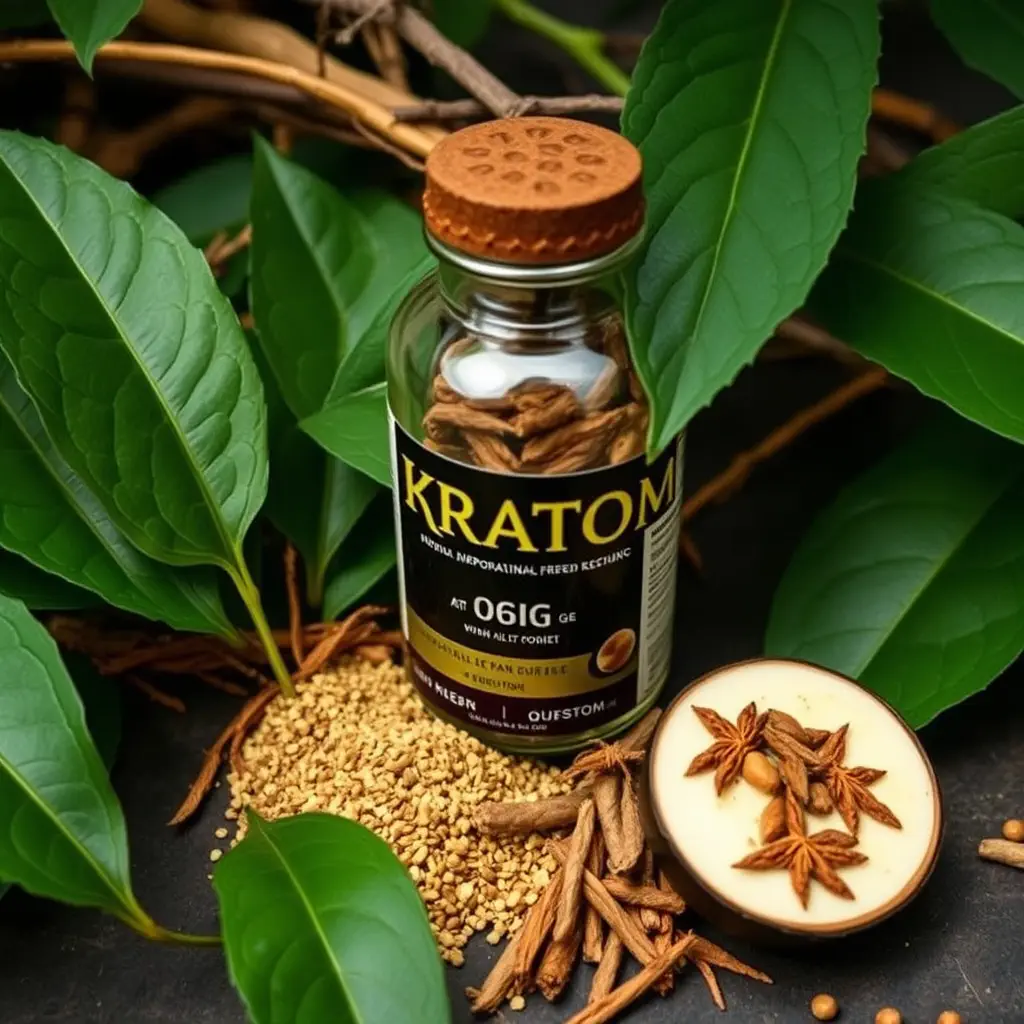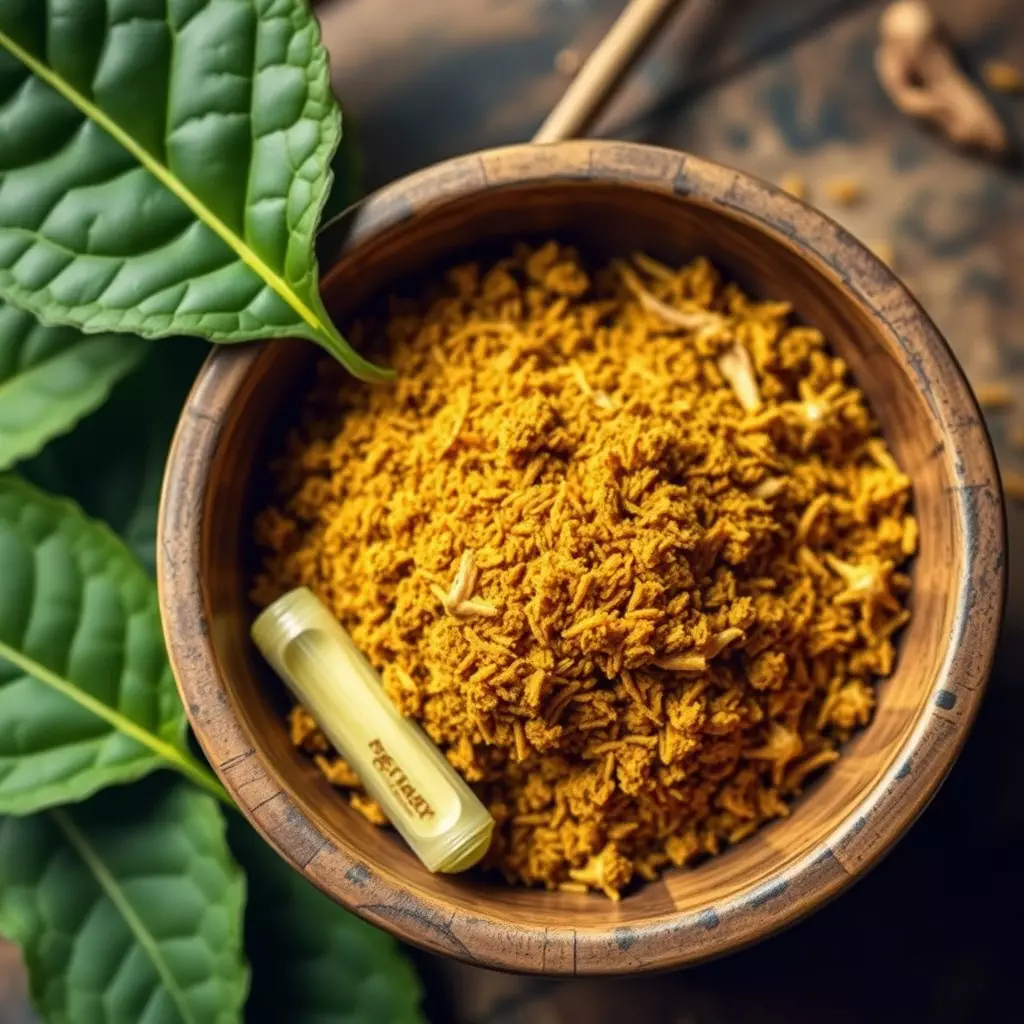The discussion revolves around incorporating personalized workout plans designed for endurance enhancement, with a focus on leveraging kratom's properties as a supplement. Kratom, derived from the Mitragyna speciosa tree, offers both stimulating and analgesic effects that can potentially improve physical performance and endurance, particularly by mitigating muscle soreness. A cautious approach to exercise intensity is recommended, with an emphasis on low-impact cardiovascular workouts like cycling or swimming for building endurance without overstraining the body. Strength training should be approached with lighter weights and more reps to aid in muscle recovery. Dynamic stretching is advised before and after these workouts to enhance flexibility and reduce injury risk, all contributing to the aim of alleviating muscle soreness. It's important for individuals to monitor their responses to both exercise and kratom to tailor a safe and effective workout regimen that harnesses endurance improvement with kratom. Kratom, particularly strains high in mitragynine and 7-hydroxymitragynine, may activate the nervous system, potentially improving physical performance and delaying fatigue during strenuous activities, which is beneficial for athletes or those undergoing intense training. However, due to its regulatory status and potential side effects, kratom should be used responsibly, within legal frameworks, and under medical supervision. A balanced approach that includes proper nutrition, hydration, rest, and adherence to recommended dosages is key for maximizing the benefits of endurance improvement with kratom while minimizing risks.
Embarking on a fitness journey can sometimes lead to muscle soreness, a common hurdle that may hinder progress. This article delves into crafting customized workout plans designed to alleviate this discomfort, ensuring your regimen remains both effective and enjoyable. We will explore the unique role of kratom in enhancing endurance improvement and facilitating muscle recovery. By integrating kratom safely into your routine, you can optimize performance and effectively manage pain for a more fulfilling workout experience. Discover how to harmonize these approaches for a healthier, stronger body.
- Crafting Personalized Workout Plans to Alleviate Muscle Soreness
- The Role of Kratom in Endurance Improvement and Muscle Recovery
- Integrating Kratom Safely into Your Workout Routine for Optimal Performance and Pain Management
Crafting Personalized Workout Plans to Alleviate Muscle Soreness

Crafting personalized workout plans that incorporate activities for endurance improvement, particularly when accompanied by supplements like kratom, can be a highly effective strategy to alleviate muscle soreness. Kratom, a natural substance derived from the Mitragyna speciosa tree, has been recognized for its potential to enhance physical performance and endurance due to its stimulating and analgesic properties. When designing a workout regimen for individuals experiencing muscle soreness, it’s crucial to consider the intensity and frequency of exercise, as well as the individual’s response to kratom. Workouts should start at a moderate level to avoid exacerbating soreness, with gradual increases in intensity as the body adapts.
Incorporating low-impact cardiovascular exercises, such as cycling or swimming, can improve endurance while minimizing strain on joints and muscles. These activities are excellent for maintaining heart health and building muscular stamina without placing undue stress on sore areas. Additionally, strength training should focus on lighter weights with higher repetitions to promote muscle recovery. Integrating dynamic stretching before and after workouts can enhance flexibility and reduce the risk of injury, further contributing to muscle soreness relief. It’s important for individuals to monitor their body’s response to both exercise and kratom use, adjusting their workout plan as needed to ensure optimal health and wellness outcomes.
The Role of Kratom in Endurance Improvement and Muscle Recovery

Integrating Kratom into a workout regimen can potentially offer benefits for endurance improvement and muscle recovery, particularly for individuals experiencing muscle soreness. Certain strains of Kratom, such as those with higher levels of mitragynine and 7-hydroxymitragynine, are believed to stimulate the nervous system, which may enhance physical performance and delay fatigue during exercise. This could be particularly advantageous for athletes or fitness enthusiasts who engage in high-intensity or endurance activities. Additionally, Kratom’s analgesic properties might contribute to its role in alleviating muscle pain associated with intense workouts, thus facilitating a quicker return to training. It’s important to note that while Kratom may offer these benefits, its use should be approached with caution and in accordance with legal regulations and medical advice due to its potential for side effects and its status as a controlled substance in many regions. Users should also be mindful of dosage to avoid adverse effects and ensure they maintain a balanced approach to their training and recovery protocols, which may include proper nutrition, hydration, and adequate rest alongside the use of Kratom.
Integrating Kratom Safely into Your Workout Routine for Optimal Performance and Pain Management

Integrating Kratom into a workout routine requires careful consideration for both performance enhancement and pain management, particularly when it comes to muscle soreness. Kratom, derived from the leaves of Mitragyna speciosa, is known for its potential effects on pain relief and endurance improvement with kratom. When used judiciously, it can be a valuable component in a fitness regimen. For instance, certain strains of Kratom may help to alleviate discomfort associated with rigorous exercise, allowing individuals to push their boundaries safely. It’s important to select the appropriate Kratom strain and dosage, as different strains possess varying alkaloid profiles that can influence energy levels and pain perception. Additionally, Kratom’s impact on endurance is thought to stem from its ability to reduce fatigue, which can be particularly beneficial during prolonged training sessions or high-intensity workouts. To integrate Kratom safely into your routine, start with a low dosage to gauge individual sensitivity and effects. Always consult with a healthcare professional before incorporating Kratom into your fitness plan, especially if you have underlying health conditions or are taking other medications. Monitoring your body’s response is crucial for optimizing performance while minimizing potential risks associated with muscle soreness and fatigue.
Incorporating a customized workout plan tailored to individual needs can significantly alleviate muscle soreness, enhancing overall well-being and fitness levels. The strategic use of kratom has emerged as a promising aid in endurance improvement with kratom, offering a synergistic approach to muscle recovery and performance optimization. By adhering to the guidelines outlined for integrating kratom safely into one’s routine, individuals can achieve better pain management alongside their fitness goals. This holistic strategy not only targets soreness but also contributes to sustained endurance and enhanced physical capabilities. With personalized plans and responsible use of kratom, athletes and fitness enthusiasts alike can maintain a robust training regimen without compromising on recovery or pain relief.






